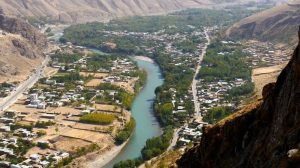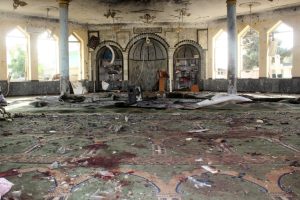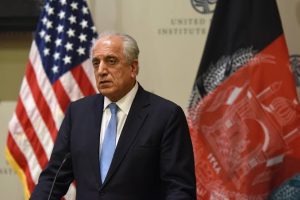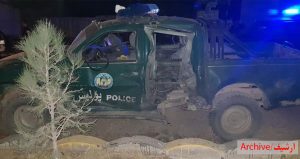Raghistan Gold Mines; Taliban’s Majore Source of Revenue

KABUL (MEP) – Officials in Badakhshan province say the armed Taliban earn millions of Afghanis a year from illegal mining of gold in Raghistan district, thereby hiring large fighting forces.
Taliban are extracting Zarnudab gold mines in Raghistan district by excavators since four past years and the group has newly started gold mining from Vikadour too, said officials.
Vikadour, located in Raghistan district is known as the country’s leading gold mine. A year and a half ago, an American company contracted its extraction, but was later canceled.
A reliable local source told Middle East Press that about 200 excavators work daily in the fields to extract gold for the Taliban.
The excavators belong to local residents and a number of businessmen who give an amount of extracted gold to the Taliban under the name of “Khums,” the source declared.
Members of the Badakhshan Provincial Council also say that illegal mining of Zarnodab gold has become an important funding source for armed Taliban group in the province.
A member of the Badakhshan Provincial Council, Abdullah Naji Nazari in an interview with the MEP said that the group had acquired large military equipment and forces earning mining incomes.
Taliban are making millions of Afghanis daily from illegal mining of Zarnudab gold alone, he added.
But a reliable local source, who did not want to be named in the report, said that the Taliban commander-in-chief in the border districts of Badakhshan, Mawlawi Najib controls mineral mining in Zarnudab and provides the Taliban with an amount of 60 million Afghanis a week, collected under the name of “Khums.”
{In Islam, khums refers to the required religious obligation of any Muslims to pay one-fifth of their acquired wealth to the Islamic governments}
Officials say the Zarnudab gold field along with the Vikadour mines in Raghistan district, is one of the most important mines in Badakhshan, but has not yet been officially invested and registered by the Ministry of Mines.
The Mines Department of Badakhshan also confirms illegal mining in the province.
When asked about illegal mining, an official in the Department who didn’t want to be named, said; “the department’s engineers had not been able to go to the mountainous districts of Kuhistan and Raghistan to check on the condition of the mines due to security concerns by Taliban and local strongmen.”
The spokesman for the governor of Badakhshan, Nik Mohammad Nazari, denied the extraction of Vikadour gold mine, confirming the existence of an excavator on the slopes of the mine and in the Dariakhana area.
According to him, the local people are traditionally washing sand.
“It is possible that Taliban will indirectly profit from it,” he said on the condition of illegal mining.
Meanwhile, another member of the Badakhshan provicial Council, Naji Nazari, says the main markets for Badakhshan gold are in Kabul and Mazar-e-Sharif, from where it is exported.
Earning from these financial channels, Taliban in recent years has shaped large and small militant groups in the border areas of Badakhshan province, most of them indigenous peoples.
Raghistan is a mineral-rich district in Badakhshan, where there are many mineral fields and according to the officials, government controls only an area of 1 kilometer far from district headquarter and other parts of it are led by the Taliban.
Local sources complain that the security situation in the district is fragile and that the Taliban could collapse if the government ignores it.




